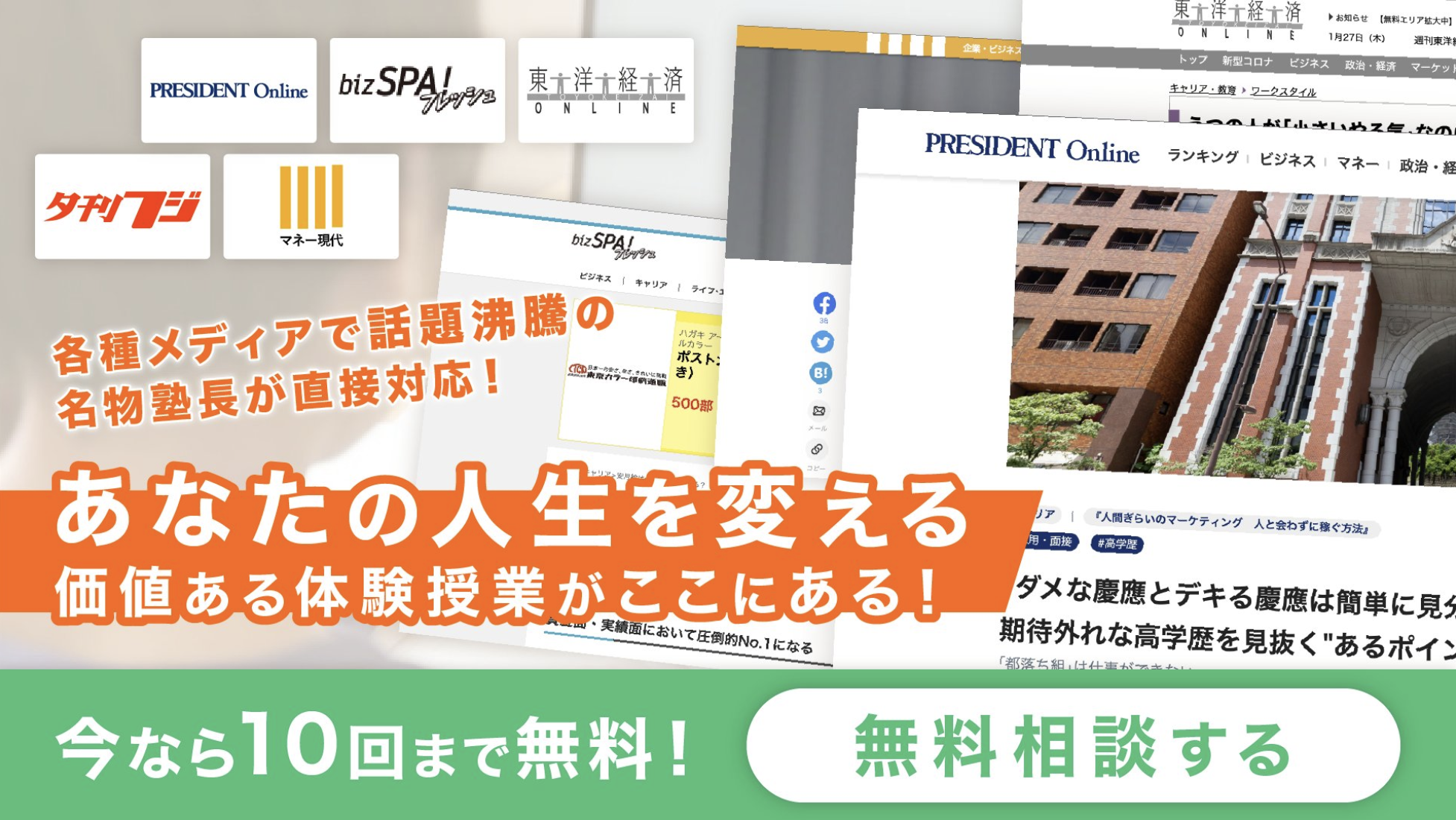A self-driving car carrying a family of four on a rural two-lane highway spots a bouncing ball ahead As the vehicle approaches, a child runs out to retrieve the ball. Should the car risk its passengers’ lives by swerving to the side where the edge of the road meets a steep cliff? Or should the car continue on its path, ensuring its passengers’ safety at the child’s expense? This scenario and many others pose moral and ethical dilemmas that carmakers, car buyers, and regulators must address before vehicles should be given full autonomy, according to a study published in Science.
The study highlights paradoxes facing carmakers, car buyers, and regulators as driverless technology [31](1. stagnates 2. declines 3. accelerates). Most of the 1,928 research participants in the Science report indicated that they believed vehicles should be programmed to crash into something rather than run over pedestrians, even if that meant killing the vehicle’s passengers. “The algorithms that control autonomous vehicles will need to [32](1. revise 2. ignore 3. embed) moral principles guiding their decisions in situations of unavoidable harm,” according to the authors.
Yet many of the same study participants [33](1. agreed with 2. balked at 3. played up) the idea of buying such a vehicle, preferring to ride in a driverless car that prioritizes their own safety above that of pedestrians. The researchers concluded that if lawmakers were to prioritize pedestrians over passengers when [34](1. designing 2. manufacturing 3. regulating) self-driving vehicles, people would be less likely to buy those vehicles. A shrinking market for driverless cars would slow their development despite research showing that autonomous vehicles could potentially reduce traffic, cut pollution, and save thousands of lives each year—human error [35](1. contributes to 2. prevents 3. stems from) 90 percent of all traffic accidents.
The researchers based their survey queries largely on an ethics thought experiment known as “the trolley problem.” There are several variations on the trolley problem but they mostly pose [36](1. historical 2. hypothetical 3. realistic) scenarios in which a trolley is on course to run over a group of people. A person watching the events unfold must choose between an intervention that sacrifices one person for the good of the group or one that protects an individual at the expense of the group.
Some observers say a key flaw in the Science study is that it does not take into account how the artificial intelligence (AI) being developed to control driverless vehicles actually works. “This question of ethics has become a popular topic with people who don’t work on the technology,” says Ragunathan Rajkumar, a professor of electrical and computer engineering at Carnegie Mellon University. “Al does not have the same cognitive capabilities that we as humans have,” he adds.
Instead, autonomous vehicles make decisions based on speed, weather, road conditions, distance, and other data gathered by a variety of sensors, including cameras and radar. A driverless car will calculate a [37](1. course 2. cost 3. thread) of action based on how fast it is traveling as well as the speed of an object in its path, for example. The main challenge is in gathering and processing the necessary data quickly enough to avoid dangerous circumstances in the first place. Rajkumar acknowledges that this will not always be possible but he is [38](1. confident 2. skeptical 3. adamant) that in such cases it will come down to the vehicle essentially deciding who lives and who dies.
The study authors [39](1. almost 2. likewise 3. barely) acknowledge that their discussion of driverless vehicle moral dilemmas is a work in progress. They launched a Web site called Moral Machine to help gather more information about how people would prefer autonomous cars to react in different scenarios where passenger and pedestrian safety are [40](1. in alignment 2. at odds 3. unrelated). The site lets participants compare their responses and even offers the ability to construct new scenarios by tinkering with the number and type of people involved and whether they are obeying traffic laws at the time of the accident.






コメントを残す